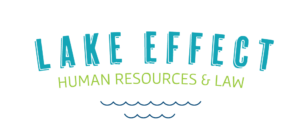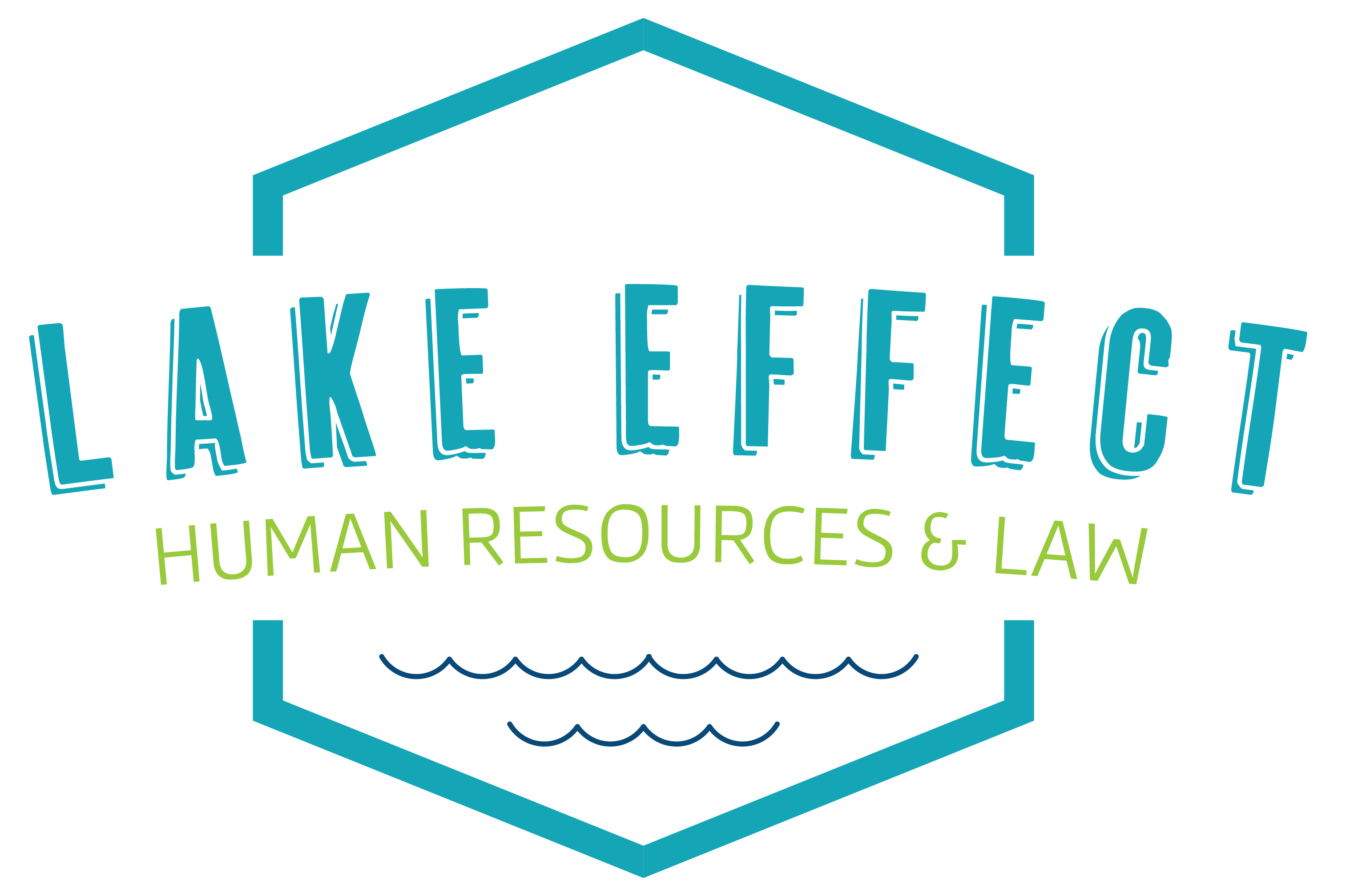IRS Issues Guidance on ARPA Tax Credits and COVID-19 Vaccinations

On April 21, 2021, the IRS and the US Treasury Department published a fact sheet on the tax credits available under American Rescue Plan Act (ARPA) to employers who provide paid leave to employees who get COVID-19 vaccinations. ARPA extends tax credits previously established under the Families First Coronavirus Response Act (FFCRA) to reimburse employers […]
American Rescue Plan Act Extends and Expands Voluntary Employer-Provided FFCRA Leaves

Under the American Rescue Plan Act of 2021 (ARPA), employers who opt to continue paid leaves originally required under the Families First Coronavirus Response Act (FFCRA) can provide a greater amount of paid leave for a broader range of reasons and still receive tax credits to cover 100% of costs related to those leaves. FFCRA […]
President Trump Signs COVID-19 Emergency Relief Bill

After an unexpected delay during which he strongly criticized the stimulus legislation passed by Congress on December 21, President Trump signed the $900 billion COVID-19 emergency relief bill into law on December 27, 2020. The new legislation aims to help individuals, businesses, and organizations across the country to offset the devastating economic effects of the […]
DOL Issues Revised FFCRA Regulations

On September 11, 2020, the U.S. Department of Labor’s Wage and Hour Division posted revised regulations to clarify certain rights and responsibilities under the paid leave provisions of the Families First Coronavirus Response Act (“FFCRA”). DOL’s actions are in direct response to an August 2020 New York Federal District Court ruling that invalidated parts of […]
Agencies Update Guidance on COVID-Related Issues as Employees Return to Work

OSHA and the US Department of Labor provide additional guidance on employee health screening information and FFCRA leaves As more employers resume onsite operations and welcome employees back to the workplace, OSHA continues to update its Guidance on Returning to Work. New guidance highlights potential document retention obligations for employers that record employee health screenings […]
DOL Ends Temporary Non-Enforcement of New Paid Leave Protections

As of April 21, 2020, covered employers (with fewer than 500 employees) across the country must be in full compliance with the paid leave provisions of the Families First Coronavirus Response Act (FFCRA), which became effective April 1, 2020. On April 20, the U.S. Department of Labor announced the end of the temporary period of […]
Department of Labor Issues Additional Guidance on FFCRA

Guidance for employers and their payroll providers regarding the COVID-19-related tax credits – specifically the (EPSLA) and (EFMLEA).
DOL Issues Temporary Rule Regarding Paid Leaves Available Under FFCRA

On April 1, 2020, the U.S. Department of Labor’s Wage and Hour Division posted a Rule (to be final when published on 4/6/20) issuing regulations under the Families First Coronavirus Response Act (“FFCRA”). The regulations provide further clarity as to how the leave provisions of the Expanded Family and Medical Leave Expansion Act (“EFMLEA”) and Emergency Paid Sick Leave Act (“EPSLA”) will be implemented. Key provisions include:
Department of Labor Issues Additional Guidance on FFCRA

On Saturday, March 28, 2020, the Department of Labor released additional guidance on the Families First Coronavirus Response Act (FFCRA), related specifically to the Emergency Paid Sick Leave Act (EPSLA) and Emergency Family and Medical Leave Expansion Act (EFMLEA). We summarized key provisions offering new guidance.
Remote I-9 Validation

The Department of Homeland Security (DHS) and U.S. Immigration and Customs Enforcement (ICE) extended the flexibility in complying with requirements related to Form I-9, Employment Eligibility Verification, due to COVID-19. The temporary guidance was set to expire March 31 and has been extended to May 31, 2021 due to ongoing precautions related to COVID-19. Employers and workplaces operating remotely can continue to inspect the Section 2 documents of the Form I-9 virtually through May 31, 2021.

